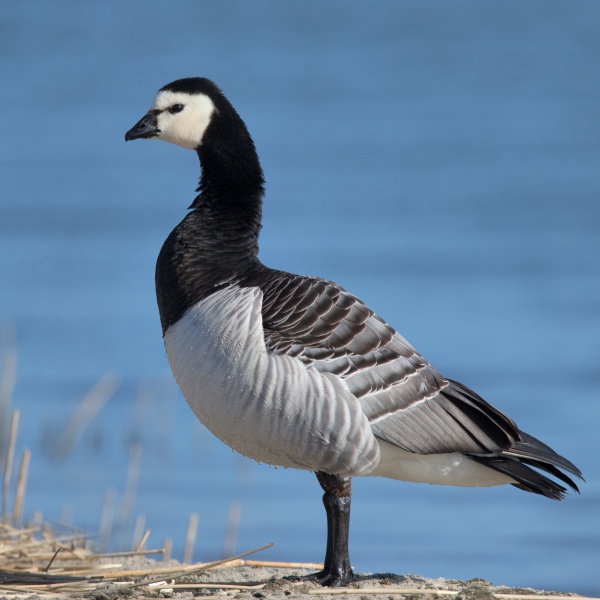Facts About Barnacle goose
The barnacle goose is a visually striking bird with distinctive black and white plumage, belonging to the genus Branta. Despite its resemblance to the brant goose, it is more closely related to the cackling goose. The name "Branta" derives from Old Norse, while its specific scientific name originates from Ancient Greek.
For a long time, people believed the barnacle goose and the brant goose were the same species. A fascinating, albeit misguided, belief held that these geese were hatched from goose barnacles, which is how they acquired their name. This myth, which began in the 12th century, persisted until the 18th century and even influenced dietary practices during Lent.
Barnacle geese are medium-sized birds with a striking black and white appearance: a white face, and a silver-gray back adorned with black-and-white bars. They breed on Arctic islands in the North Atlantic and spend their winters in locations such as Scotland, Ireland, the Netherlands, and the Baltic Sea. These geese face a unique nesting challenge, often choosing high mountain cliffs to keep their eggs safe from predators. Once the goslings hatch, they must leap off these cliffs to join their parents below—a daring start to life!
Conservation efforts for the barnacle goose are supported by the Agreement on the Conservation of African-Eurasian Migratory Waterbirds. Fortunately, their population has been stable or even growing in recent years, with successful breeding noted in Sweden since the 1970s.
The barnacle goose has a rich history in folklore. Medieval legends claimed they were born from pieces of driftwood, leading to debates about whether they could be consumed during religious fasting periods. This myth also played a role in discussions about Jewish dietary laws during the Middle Ages.

 Latvia
Latvia